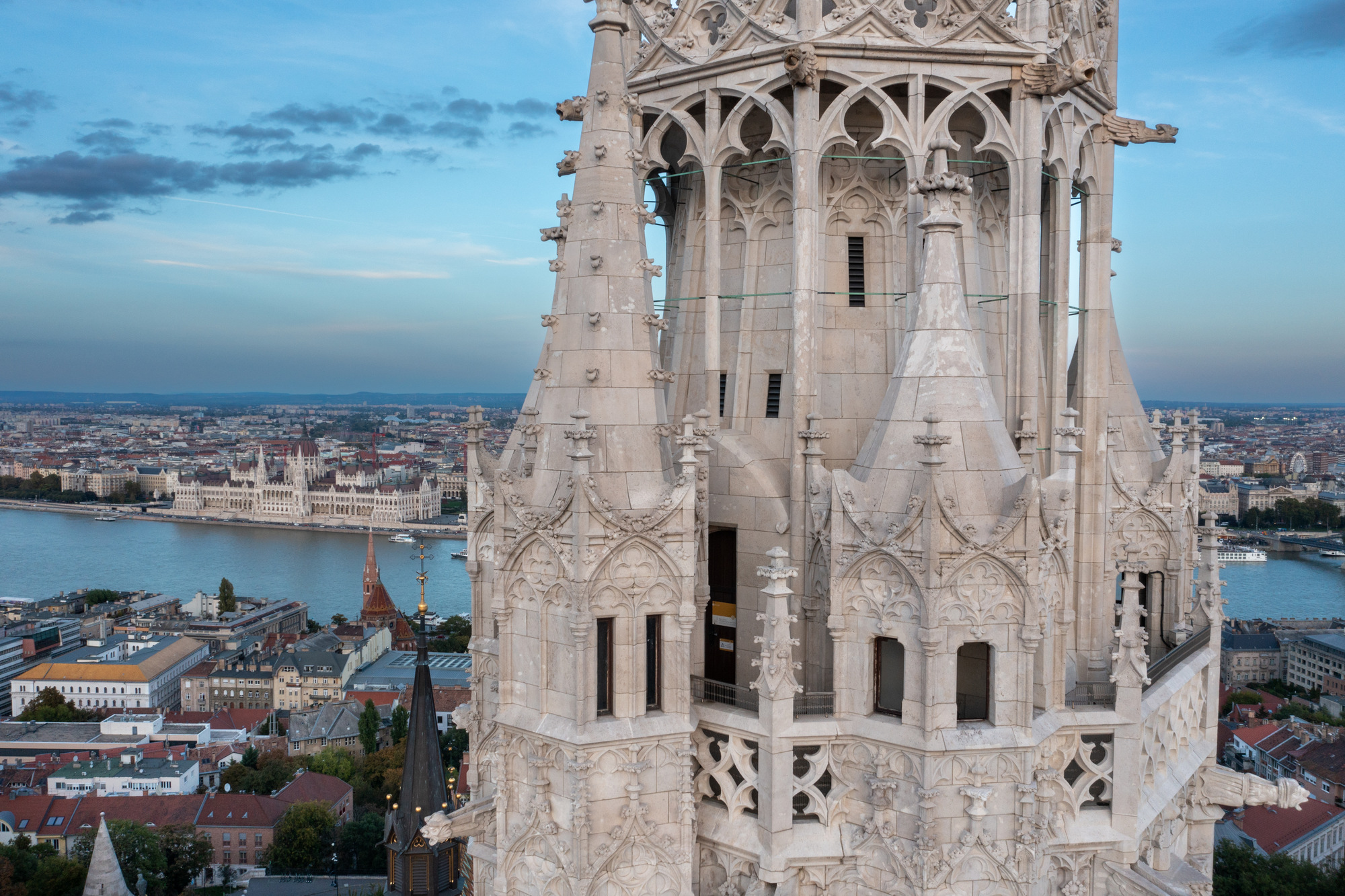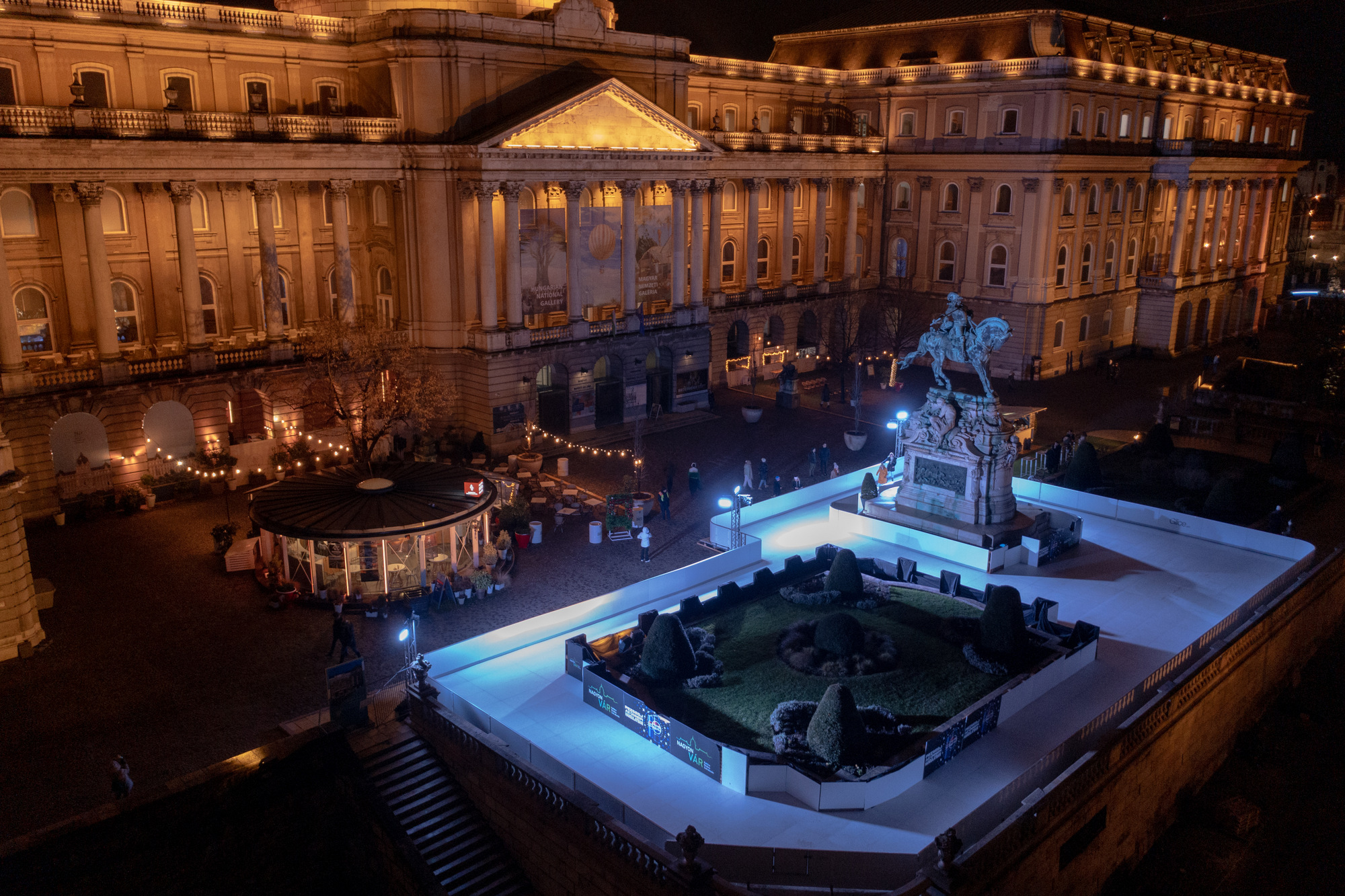About Budapest - useful information for travellers
Budapest is one of the most beautiful capitals in Europe, I can say that without bias, with a wonderful built heritage and a wealth of cultural and culinary surprises for visitors.
Attractions
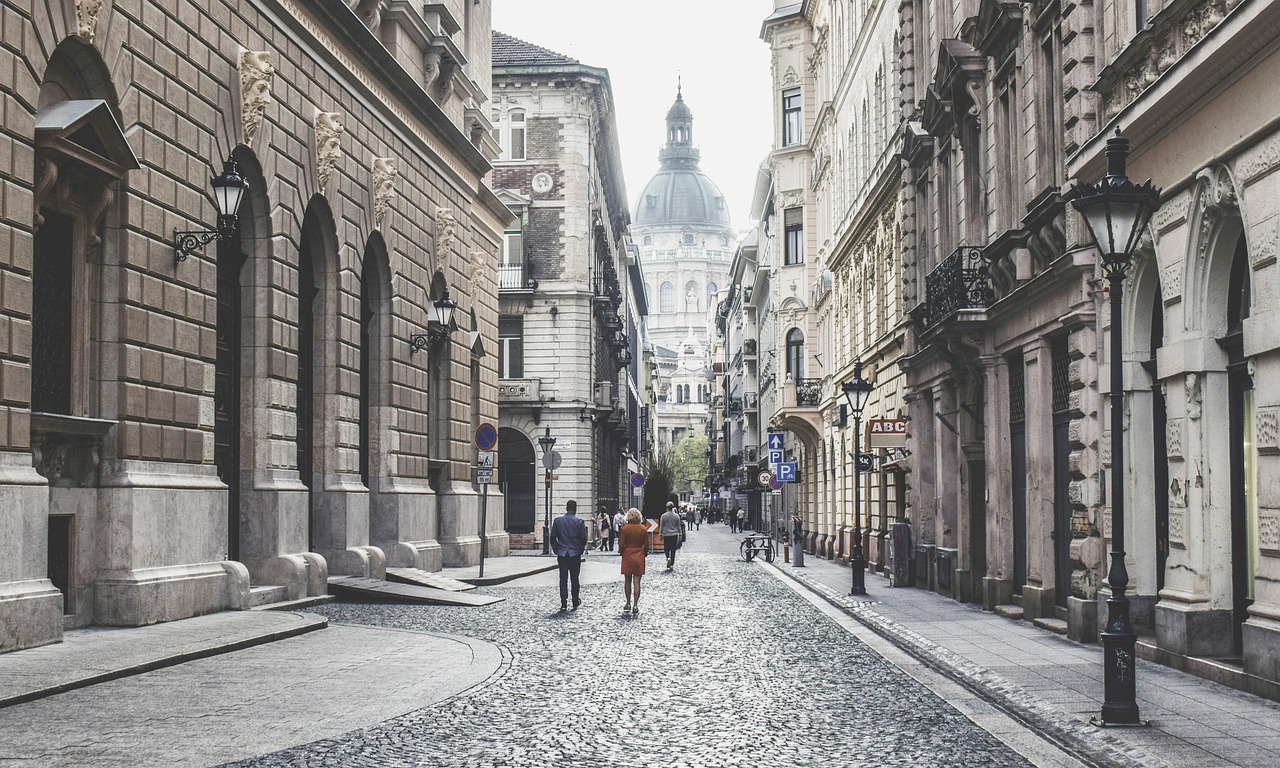
Budapest's popularity among travellers continues to grow, with record-breaking tourism every year. For first-time visitors, there are four main areas to explore to get a basic idea of the city's history.
Downtown: the central 5th district, on the Pest side, is home to landmarks such as the Parliament, St. Stephen's Basilica and the Danube Shoes Monument. It's definitely worth taking at least half a day to explore it - and that's before you've even gone inside any building.
Attractions include Shoes on the Danube, Kossuth Square, Parliament, Liberty Square with its many monuments and statues, St. Stephen's Basilica, Széchenyi Square with the Chain Bridge, Danube Promenade, Vigadó, Vörösmarty Square, Elisabeth Square with the Ferris Wheel and much more.
Andrássy avenue, Heroes Square and City Park: from Pest's downtown, an impressive avenue leads to the city's second largest park, Városliget. Andrássy Avenue itself is packed with attractions, and the 130-year-old subway that runs underneath takes you to the great hall of statues of Hungarian history, Heroes' Square, in just a few minutes. Behind the square is the green museum quarter, the City Park, where young and old will find activities to suit them. If you want to try out the museums, the zoo and even the Széchenyi Baths, then make a day of it.
Attractions: the palaces on Andrássy Avenue, the Opera House, Liszt Ferenc Square with the Music Academy, the House of Terror, the Millennium Underground, Heroes' Square, the City Park Ice Rink and Boating Lake, Vajdahunyad Castle, the Budapest Zoo and Botanical Garden, the Széchenyi Baths, the Millennium House, the Hungarian House of Music, the Museum of Ethnography, the Museum of Fine Arts.
Jewish Quarter: part of Erzsébettown, the historic Jewish quarter of Pest, located in the neighbourhood of the Downtown, which is also the centre of Budapest's nightlife, alongside Jewish culture. In this part of the city you will find not only magnificent synagogues, storytelling stones and walls, tragic memories of the ghetto that once stood here and a still thriving Jewish culture, but also street markets, colourful ruin bars, party places, cool shops, cafés and restaurants. What's more, the streets of the Jewish Quarter are like a giant open-air exhibition full of murals and ever-current street art. It's a half-day itinerary to get around and visit at least one of the synagogues.
Attractions: Dohány Street Synagogue, Carl Lutz Monument, Rumbach Synagogue, Gozsdu Courtyard, Szimpla Rum Tavern, lots of street art
Buda Castle District: one of the oldest and most picturesque parts of the city, the Buda Castle District with its curvy streets, Matthias Church, the Fisherman's Bastion and the former Royal Palace. The district is full of perfect photo spots and those interested in medieval and Habsburg-era history as well as the bizarre world of communism will find a lot to dicover here. You can spend half a day here, or even a whole day - and most people return at least once.
Attractions: Matthias Church, Fishermen's Bastion, Mary Magdalene Tower, Rock Hospital, medieval/baroque houses of the Girbegurba streets, Buda Castle, National Gallery, Budapest History Museum, Várkert Bazár
And don't miss the stunning thermal baths, the mini-sculptures popping up all over the city, the charming markets, restaurants, the cool rum bars and the cruises on the Danube!
Is it safe?
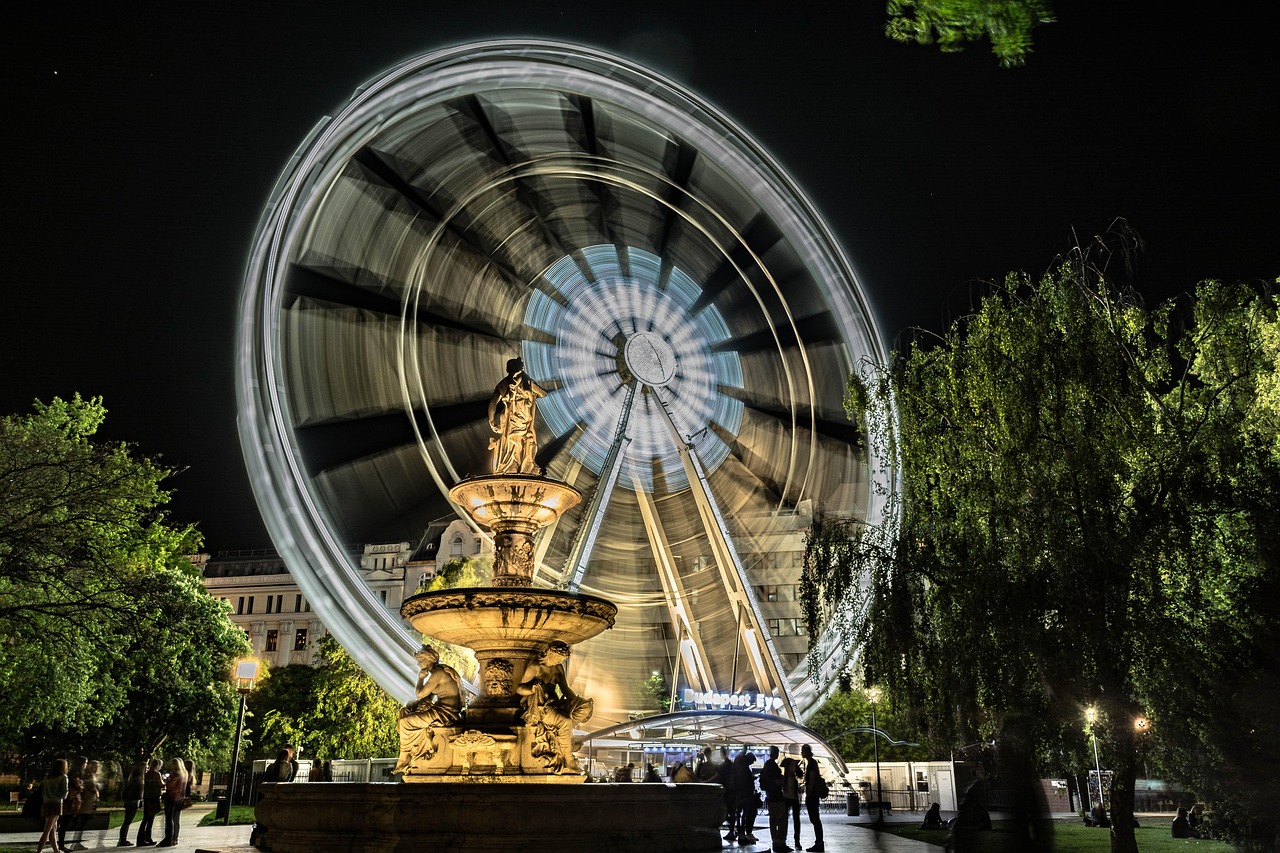
Yes, Budapest is a safe city for travellers and locals alike. Of course, as in any crowded city, there are a few basic things to keep in mind.
Public safety: the rate of violent crime is low, and most visits to Budapest are completely unproblematic. Budapest has for years been ranked by international rankings as one of the safest countries in the world for women travelling alone.
Tourist areas: popular and central tourist areas such as the Buda Castle, downtown districts, central entertainment areas and thermal baths are well guarded and safe during the day and evening.
Public transport: public transport is efficient and safe, even at night - but of course always keep an eye on your belongings.
Pickpockets: as in many cities, street theft can occur, especially in more crowded places such as public transport, markets and busy streets. Always keep your valuables in a safe place to prevent trouble.
Scams: It is always worth checking online reviews of restaurants and services.
As far as taxis are concerned, never hail a taxi on the street and do not accept a ride from a driver offering a “deal” while waiting near a tourist attraction.
Instead, call official taxi companies or use ride-sharing apps (Uber, Bolt).
How can I find out about the official Budapest taxi service?
The car is yellow with a checkered stripe on the side.
The door is marked with the company name and ID number.
Its fares are in line with the official Budapest kilometre rates (1100 HUF base fare, 400 HUF/km, 110 HUF/minute).
If the car looks like this, with an independent operator written on the door and a black taxi sign on the top with no company logo, you are dealing with an unofficial operator and may be being cheated on the fare.
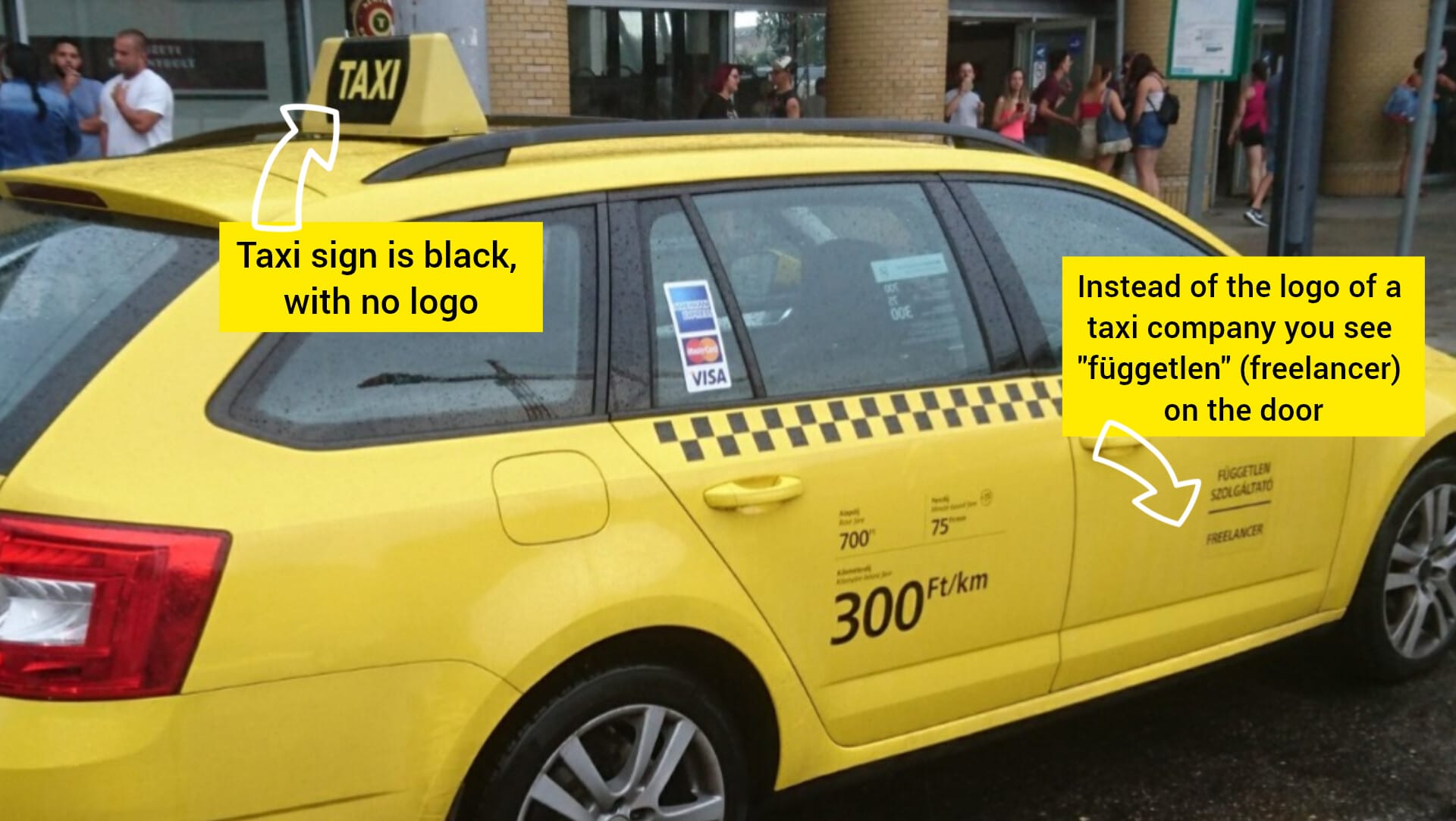
Look for reliable taxi companies:
Főtaxi (reliable and operates at the airport)
City Taxi
Bolt
Uber
ATMs: always use ATMs in secure locations (e.g. inside banks). Avoid ATMs on the street, not only for security reasons, but also because some of them are tourist traps themselves: unbanked ATMs usually exchange forints at very poor rates.
How much cash should I change?
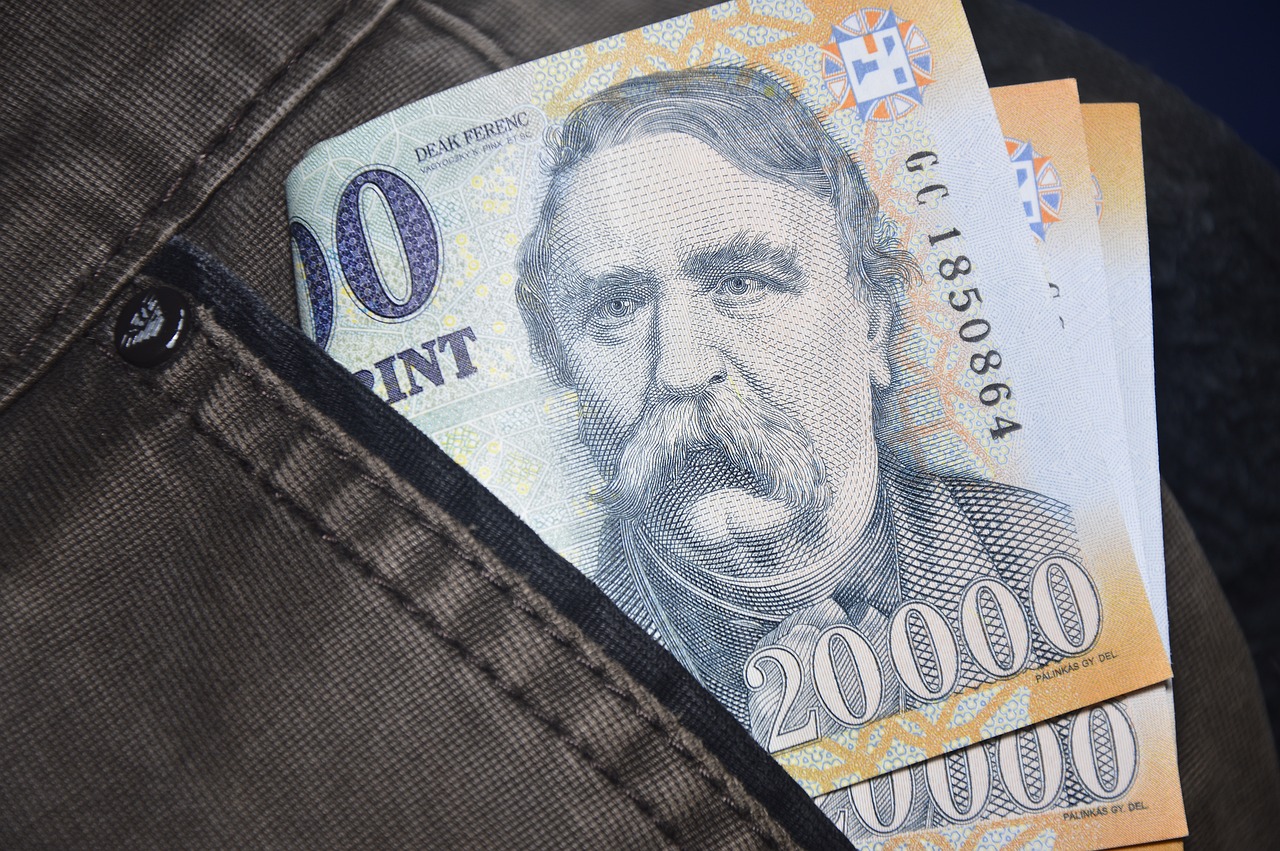
You can pay by card almost everywhere in Budapest. There is no minimum limit, you can use the card for 1-2 euro items, and even the smallest shops and markets have a terminal. My personal opinion is that during a stay of 3-4 days, you should not need more than 15-20 EUR in cash per person. You will definitely get the best price for restaurants and entrance fees if you choose to pay in forints with your card.
Tipping
It is also common in Hungary to tip, usually 10-15% in restaurants, cafés or other services. However, recently more and more restaurants have started to charge a certain amount of service charge (12-17% depending on the place), which can be seen as a compulsory tip. In many places, this is already indicated on the menu prices ("szervízdíj" or "felszolgálási díj" in Hungarian), but it may also only appear on the bill. It's worth paying attention to this, because if you are charged a service charge, you don't have to bother with the tip because you have already paid for it with the bill.
Public transport in Budapest
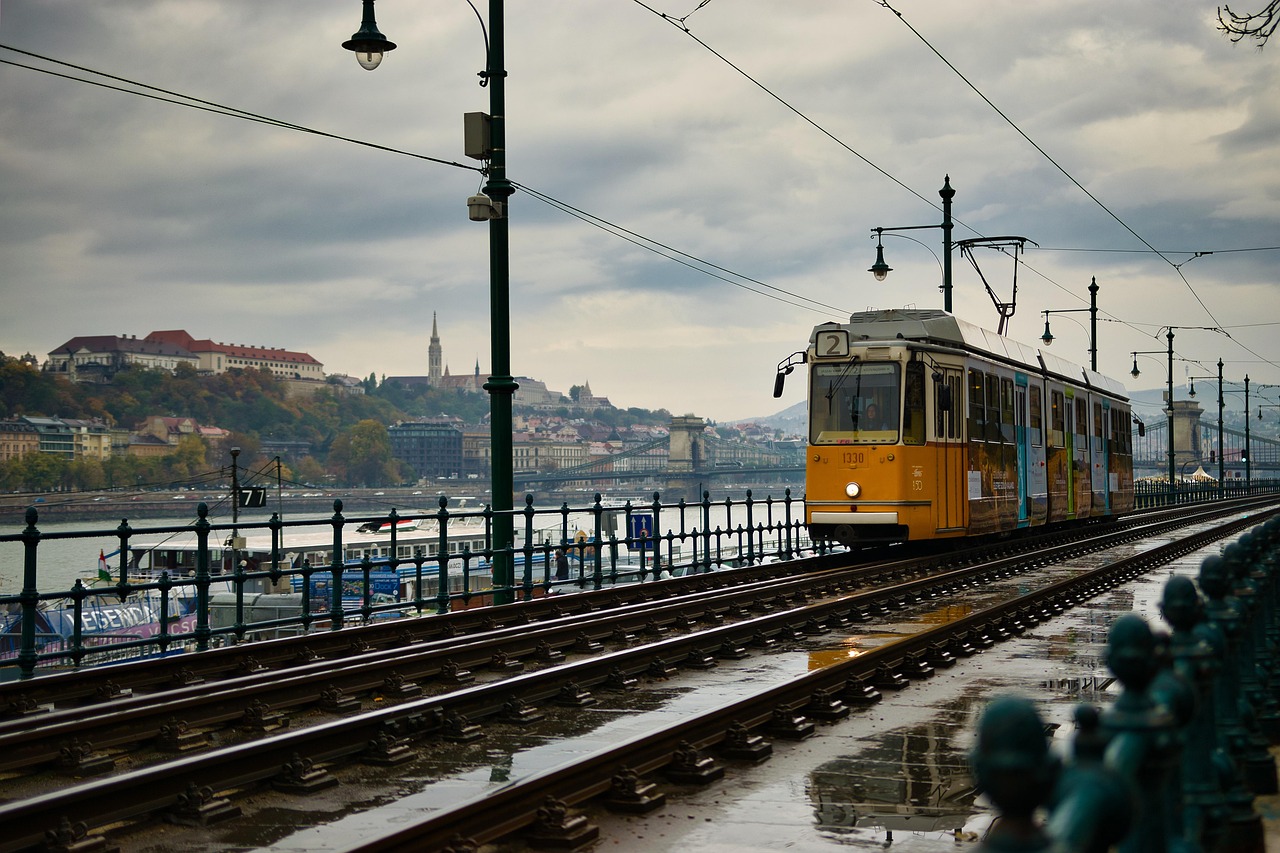
Budapest's public transport is efficient, affordable and extremely user-friendly, making it one of the best ways to explore the city. For detailed information on ticket types and how to use them, visit bkk.hu. The most convenient way to use public transport is to use the BKK app BudapestGo to buy and validate tickets and plan your journey.
Comprehensive network
Metro: The city has four metro lines (M1-M4) covering the main areas. The M1 line (Millennium Metro) is the oldest in continental Europe and is a UNESCO World Heritage Site.
Buses, trams and trolleys: these provide extensive coverage, even in less central areas. Trams 2, 4 and 6 are particularly useful for tourists, as they pass through the most touristic parts of the city.
Suburban trains (HÉV): these connect Budapest with nearby towns and attractions, such as Szentendre or Gödöllő.
Affordable tickets
Single tickets cost 450 HUF (1 EUR) for a single journey, 400 HUF (1 EUR) for a package of 10.
For tourists, travel passes (24-hour, 72-hour or 15-day) provide unlimited travel on all public transport, making sightseeing very convenient.
The Budapest Card includes unlimited transport and discounts on certain attractions, but before buying it, it is worth checking carefully whether you are really interested in the attractions that the card offers - it will only be worth buying it if you are.
And passengers over 65, whether residents or tourists, can use public transport free of charge and can show an official document proving their age when checked.
Tourist-friendly
Public transport announcements and signs are available in both English and Hungarian. Maps and apps such as BudapestGo (the official transport app) make navigation easier.
Tips for tourists:
Validate your ticket!
Always validate your ticket before boarding or immediately afterwards (look for the small orange machines). Ticket inspectors often check tickets and the fine for travelling without a valid ticket is not a small amount. You shouldn't rely on the ticket inspectors being more lenient with tourists - in my experience they are helpful, but they do fine you for not following the rules
Tram travel
Tram 2 offers a scenic route along the Danube, past sights such as the Parliament, Buda Castle and Gellért Hill - perfect for sightseeing.
Airport transfers
The 100E airport bus offers a direct and affordable way to get to the city centre from Budapest Airport, and you can also buy your ticket with a credit card on board.
Accessibility
Most metro stations and new buses are wheelchair accessible, but older trams and buses are not always. The BudapestGo app helps you find out about accessible options.
Punctuality and frequency
Metros, buses and trams run frequently, especially during the day. Metro trains are only available between 4:30 and 23:15, and after the last metro car has passed, night buses still run.
Public toilets
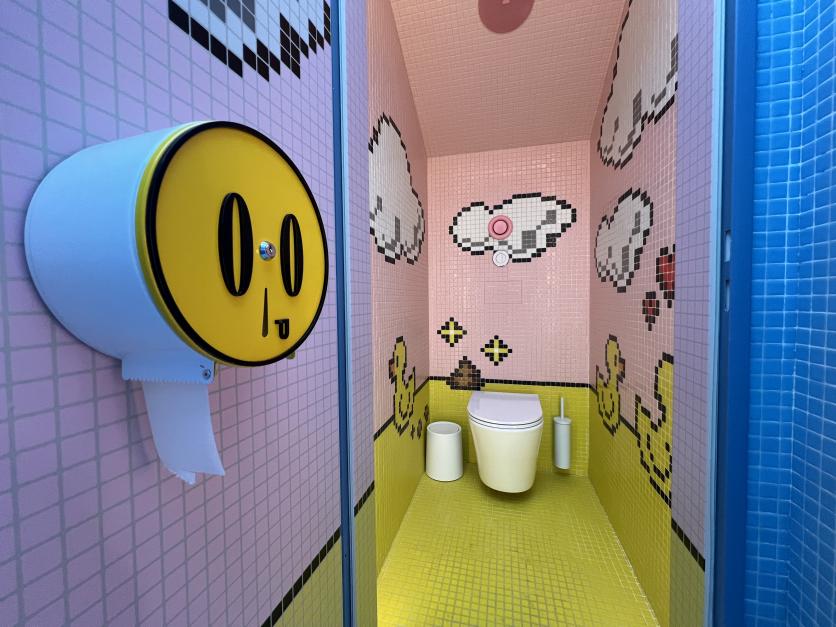
(Pop & Roll art toilette in Budapest)
There are of course public toilets on the streets of Budapest, but unfortunately there are far fewer of them than there should be. So it's better to plan ahead when you set off.
Public toilets can be found in the main tourist areas, such as parks, metro stations and popular tourist attractions (e.g. Heroes' Square, City Park, Margaret Island). There is also a good chance to find public toilets in shopping centres, train stations and near busy squares. This toilet map can help you find the nearest toilet.
Most public toilets are not free and usually cost 300 forints (€1). To pay, it is a good idea to have some change on you, as some places accept card payments, but this is not yet common.
Public toilets are generally clean and functional, especially in tourist areas. Facilities in shopping centres, museums, hotels or cafés are often better maintained than stand-alone public toilets, so it is worth taking advantage of these places. We locals often pop into cafés and fast food restaurants for this purpose. If you politely ask to use the toilet, most places will allow you to do so without consumption.


